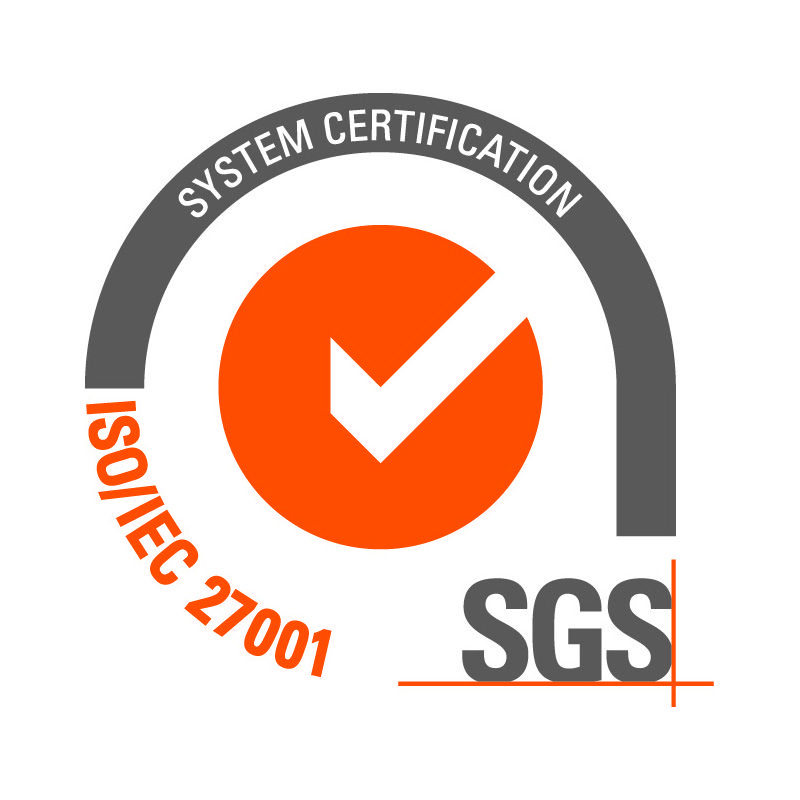
2 Key Strategies That Will Help You Get the Most Out of Your Mobile Geofencing Campaign
In an era where cell phones work as our encyclopedias and yellow pages, how can your business capitalize in reaching precise locations instead of using the standard geotargeting strategy based on a user’s geographic location? Geofencing uses technologies like iBeacon, GPS, or even IP addresses to determine a device’s physical location, and with improvements in GPS technology in every smart phone, geofencing has become highly accurate throughout the years. There have been a diverse range of industries adapting and utilizing geofencing marketing technology to stay one step ahead of the competition. According to an industry report by Global Market Insights, the promotion and advertising solutions industry held a dominant position within the geofencing market with a market share of over 30% in 2016 and will continue an upward trend. The enabled shared location we set in our mobile devices to use a GPS enabled application to navigate to a night outing or to enable geofilters that makes us look like emojis are some examples that our mobile devices can always be pinpointed. So how exactly can your business leverage this ad technology to reach your target audience that’s constantly glued to their mobile devices? Let’s looks at two geofencing strategies we can utilize to make sure we are top-of-mind in a costumers’ journey.
Event Targeting at Special Events
Geofencing allows advertisers to serve ads to people based on their physical activities and the places they visit. Let’s say you’re an energy company that had planned to attend the Offshore Technology Conference (OTC) to exhibit a ground-breaking innovation to industry peers, but due to booth availability at NRG Park you weren’t able to attend. By running an event targeting geofencing campaign, you’ll be able to target attendees in this very important conference with the goal of generating professional contacts. This strategy can be done by tracing a virtual geofence around NRG Park. Once their mobile device enters the virtual geofence, a display ad could be served to them during the event and could even be targeted after they leave. A key tactic to win with this strategy will be to personalize a message that can resonate with a potential client. Your display ad can include an OTC relatable image along with your call to action, catching the eye and resonating with your target audience. Targeting after the event is over is almost like following up after an initial introduction, which can bring in lots of opportunities. Not to mention, most business cards do not have a click through URL that will send them to your business page.
Geofence Conquesting at Competitor Locations
Geofencing not only allows you to target one location at a time, but you’re able to target multiple locations at once. Let’s say you’re a furniture store competing with other local furniture stores in town. The potential customer has been researching online for bedroom sets, but like most shoppers they would like to see bedroom sets in person before a big purchase. You might have similar products that a customer is looking for, but ultimately the consumer will end up striking a deal where they feel they’re getting the best deal. The best strategy to compete for this client will be to target users who have visited competitor’s locations. This strategy is executed by tracing a virtual geofence around all the other furniture stores in town. By knowing where a potential customer currently sits in the purchasing funnel, you’ll be able to tailor ads with a strong call to action on why they should visit and buy from your store. The key tactic is to attract customers by offering a promotion or a key differentiator discovered from a competitive analysis even after they have left a competitor’s store. This geofencing strategy can be very powerful, since you’ll be able to target visitors for up to 30 days from when they arrived at the competitor’s locations.
Tracking Conversions
The insights you may acquire from geofencing campaigns can help you attribute online-to-offline conversions. This is done by adding Conversion Zone(s) in your geofencing campaign, which in most cases is an advertisers store location (in the case above your furniture store). When the user enters the Conversion Zone with their mobile device, the Conversion Zone recognizes the user from when they were served an ad (either at the competitor location or after they left), and attributes their visit as an offline conversion. If your goal was to see who may have converted by walking into your furniture store, you’ll find this in your geofencing campaign report. Let’s say you pull a report and see that people who went to X furniture store also went inside your store, this will be attributed as an offline conversion. This is very powerful since your ads are potentially being served even after they leave your competitor’s stores, keeping you top-of-mind if they decide to check your offer.
Conversion reporting includes:
- View Through Visits – User who saw your ad and then visited your location
- Click Through Visits – User who clicked your ad and then visited your location
Other metrics include:
- Impressions/clicks
- Cost Per Visit
Final Thoughts
Epsilon research found that 80 percent of consumers are more likely to do business with a company if it offers a personalized experience. Delivering personalized advertisements to consumers requires the right technology, and geofencing can do just that. As mobile advertising continues the trend towards a more data-driven and personalized approach, there is no doubt that targeting unique audiences through geofencing can be a winning strategy for your mobile campaigns. Being able to serve tailored ads to your target audience not only improves the content your audience consumes, but also gives you the best opportunity to serve an ad at the right moment. Optimizing your geofencing campaigns after finding the right strategy will make the most out of your advertising dollars, all while being able to attribute online-to-offline conversions. If you’re looking to drive up store visits, mobile performance and reaching the right audience consider adding a geofencing approach in your omni-channel marketing mix.








